Picture this: it’s 1860 and the paint on the platforms of Cornavin is barely dry. Even as the first trains steam in, railway tycoons are already discussing the next big project – a link to Upper Savoy [1]. Intrigued by the idea, the Canton launches a feasibility study in 1875. They consider several possible routes including via Carouge, Seymaz and the Salève respectively. In the end they reach an agreement with France to lay tracks from Cornavin to Eaux-Vives and onto Annemasse (hence, CEVA). But just as the project’s wheels are being set in motion, disaster strikes: a significant landslide injures several people at Fort l’Écluse. This causes the Canton to backtrack on safety grounds and it orders an end construction at Eaux-Vives [2]. Although this section opens in 1888, the French authorities are non-plussed with what they see as a half-complete line.
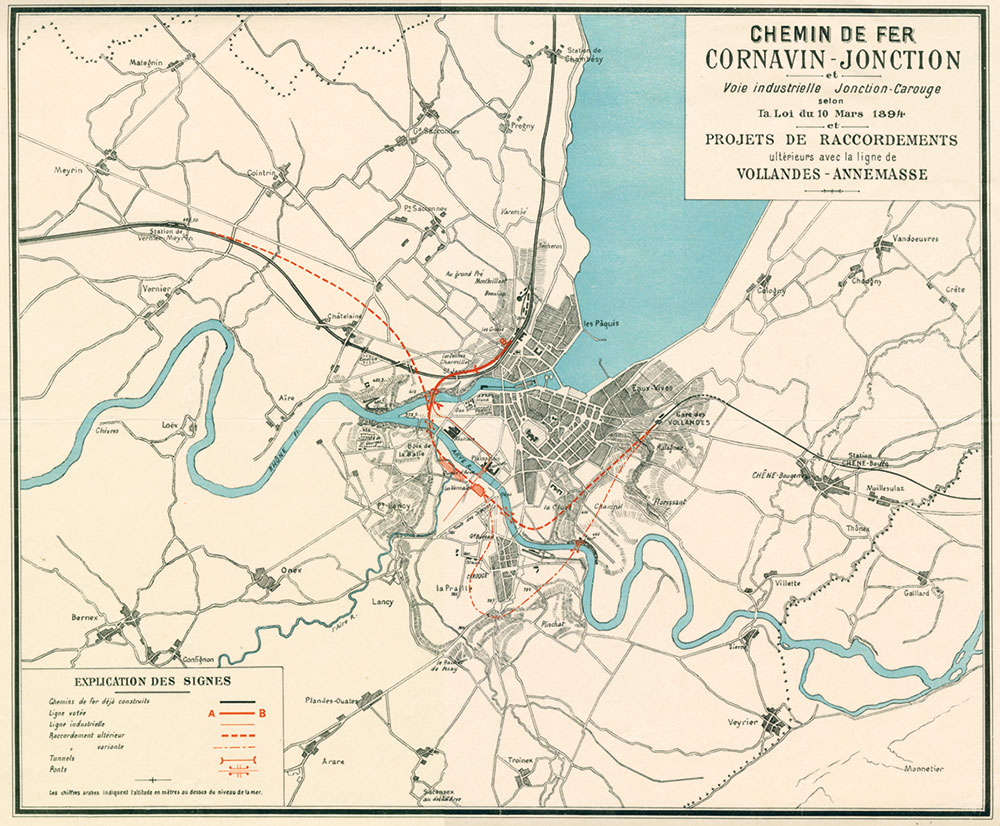
By 1912, they tempt Geneva back to the negotiating table. This time they agree a comprehensive funding package for extension to Cornavin with both the Canton and Swiss Federal Railways (CFF) on board. However, the project soon stutters, slowed first by infighting over the proposed route then halted by the cantonal funding crisis and Great Depression of the 1930s. By WWII, Geneva’s finances recover enough for construction to commence on the section between Cornavin and La Praille, but progress is stalled by a blockade on cement. Although the line is complete by 1949, French trains still cannot access it due to issues with electrification. These are only resolved in 1959 when a terminal for cross-border freight is put into operation. However, work on the commuter station at La Praille takes a further 10 years, and even upon completion in 1969, the authorities decline to open it, opting instead to wait until the whole CEVA project is finished. But any hope of a 1970s launch is dashed as the Canton gets side-tracked by other endeavours. Soon a link between Cointrin and Cornavin becomes their priority and a decision on CEVA gets kicked into the long grass [1].

That grass however is not as long as the weeds which start to reclaim the decaying infrastructure. Indeed, for the next 20 years the authorities are plagued with indecision over rail infrastructure. They realise Geneva has a car problem but can’t decide how to solve it. So, while the road network is being continuously improved, one public transport proposal after another falls by the wayside [3]. By 2000, cross border workers are clogging Geneva’s key access points, gridlocking the whole city during rush hour. The Canton realises that it must make a move, and riding the momentum of the millenium mobility movement, it reactivates the CEVA, finally finding funding for a fresh feasibility study [4]. The results come back in less than a year with familiar recommendations: link Lancy to Eaux-Vives via Bachet and Champel. This prompts the authorities to hastily open La Praille to passenger traffic, with a sexy new branding as Lancy Pont Rouge. The wider project gathers momentum as the Council of State agrees a finance package and preparatory works begin [5]. But yet another obstacle comes steaming down the track as the ACTCC (Association contre le tracé Carouge-Champel du CEVA) inundates the federal tribunal with over 1700 lawsuits in a final bid to derail the project. A bitter battle of more than 60 appeals ensues between the anti-CEVA Nimbys and the pro-CEVA CFF [6]. Unable to progress the project until the last lawsuit is thrown out, the Canton is forced to put construction on ice yet again.
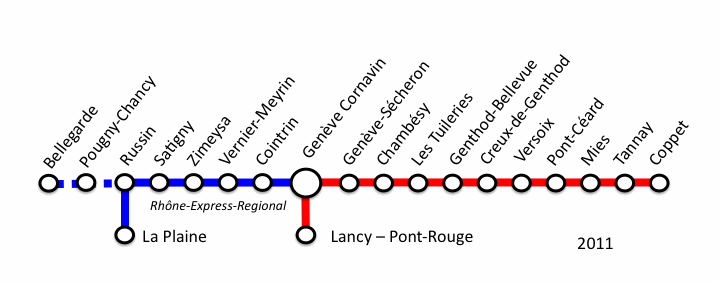
But then, a major breakthrough: after three years of deliberations the court finally gives the green light, setting CEVA back on track for a 2019 opening. Despite complex alterations to Junction Viaduct and the boring of over 11km of new tunnel, construction comes off without a hitch. This serene progress proves to be short lived, however, as in typical CEVA style, the project again stutters just before its opening. The problem this time? SNCF’s strike of the century. Driver’s demands to retain a lavish pension package lead them to walk out of their wagons, effectively crippling the French part of the network [7]. This denies the Léman Express its fairy-tale inauguration as trains are forced to run short to Annemasse. With services to Evian and Annecy cut from the timetable for several weeks, commuters begin to express their dissatisfaction. But then just as France’s railwaymen get back in the cabin, another bolt from the blue: the pangolin pandemic that has been sweeping through Asia washes up on Europe’s shores and the whole continent is sent home. Demand for CEVA goes through the floor as Geneva’s commuter-land becomes a dessert. The naysayers begin to proclaim the end of the line for the Léman Expresswith rail revenues hitting rock bottom [8]. But then, like a phoenix rising through the flames, passenger numbers rebound spectacularly as Europeans are once again let off the leash. Now at two thirds of pre-pandemic levels, some 30,000 people flow through the turnstiles every day, with the authorities expecting 20,000 more by the end of the year [9]: the Léman Express, it should be said, is no lemon.
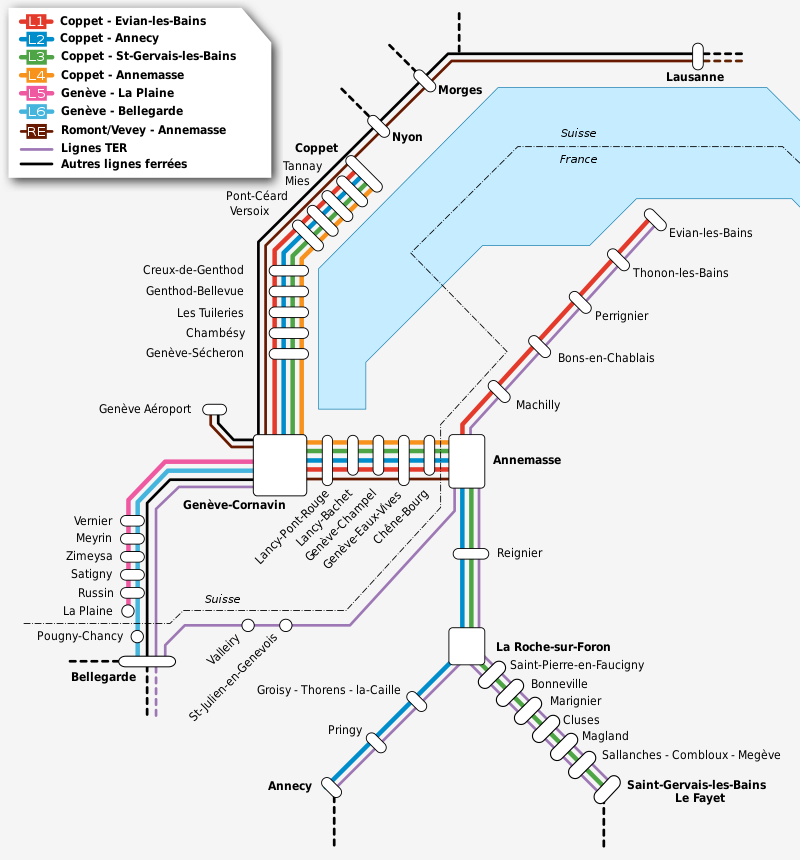
Linking far flung areas of Geneva’s sprawling hinterland, it opens up a whole universe of possibilities. Living in Le Fayet no longer precludes working in Pont-Céard. Arriving from Annecy need not mean negotiating the bottomless bottlenecks of the A41. Masses in motor vehicles no longer clog the cross-border corridor at Chêne-Bourg. Visits to Versoix become viable even from Ville-la-Grand. And the upshot of all this is that the city’s streets become quieter and more pleasant for pedestrians and cyclists alike, promoting soft mobility and the health and environmental benefits that come with it. Constructing CEVA may have been a tumultuous trip through the travails of expense, effort, and exasperation, but boy was it worth the wait!

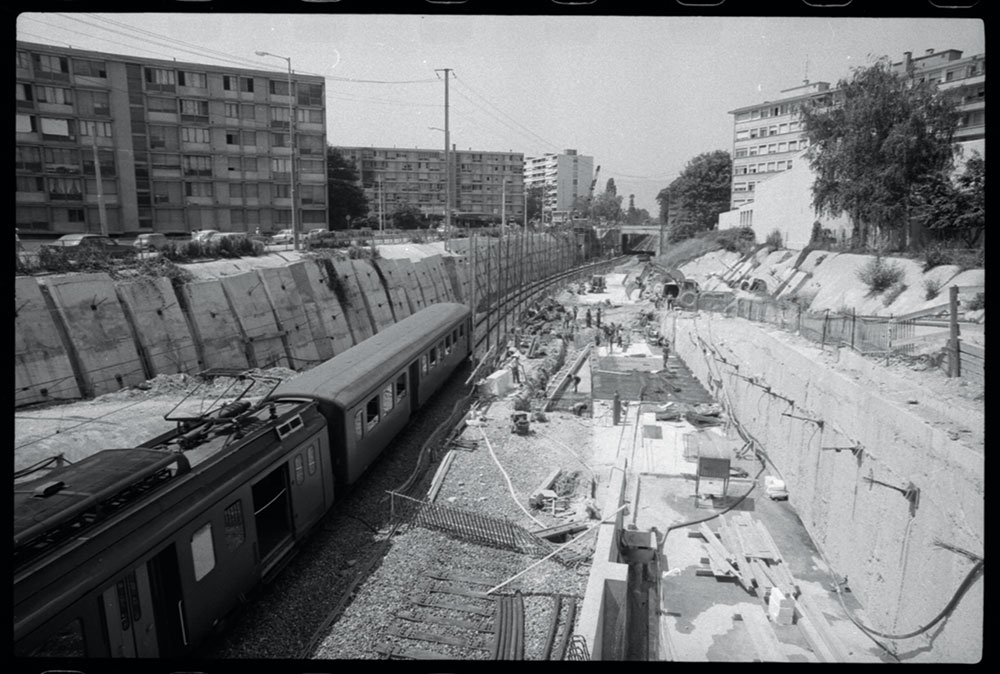


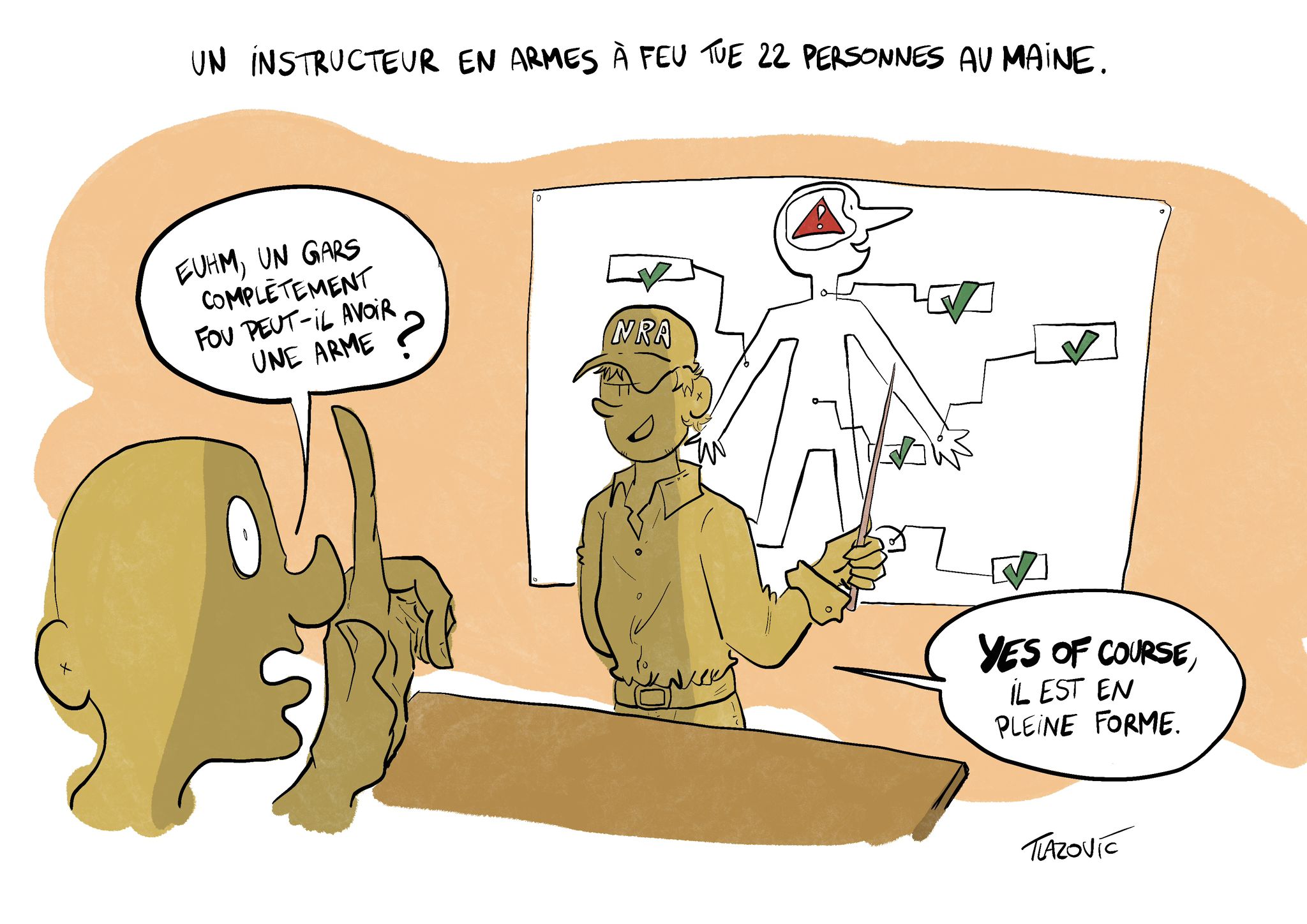
Laisser un commentaire
Vous devez vous connecter pour publier un commentaire.